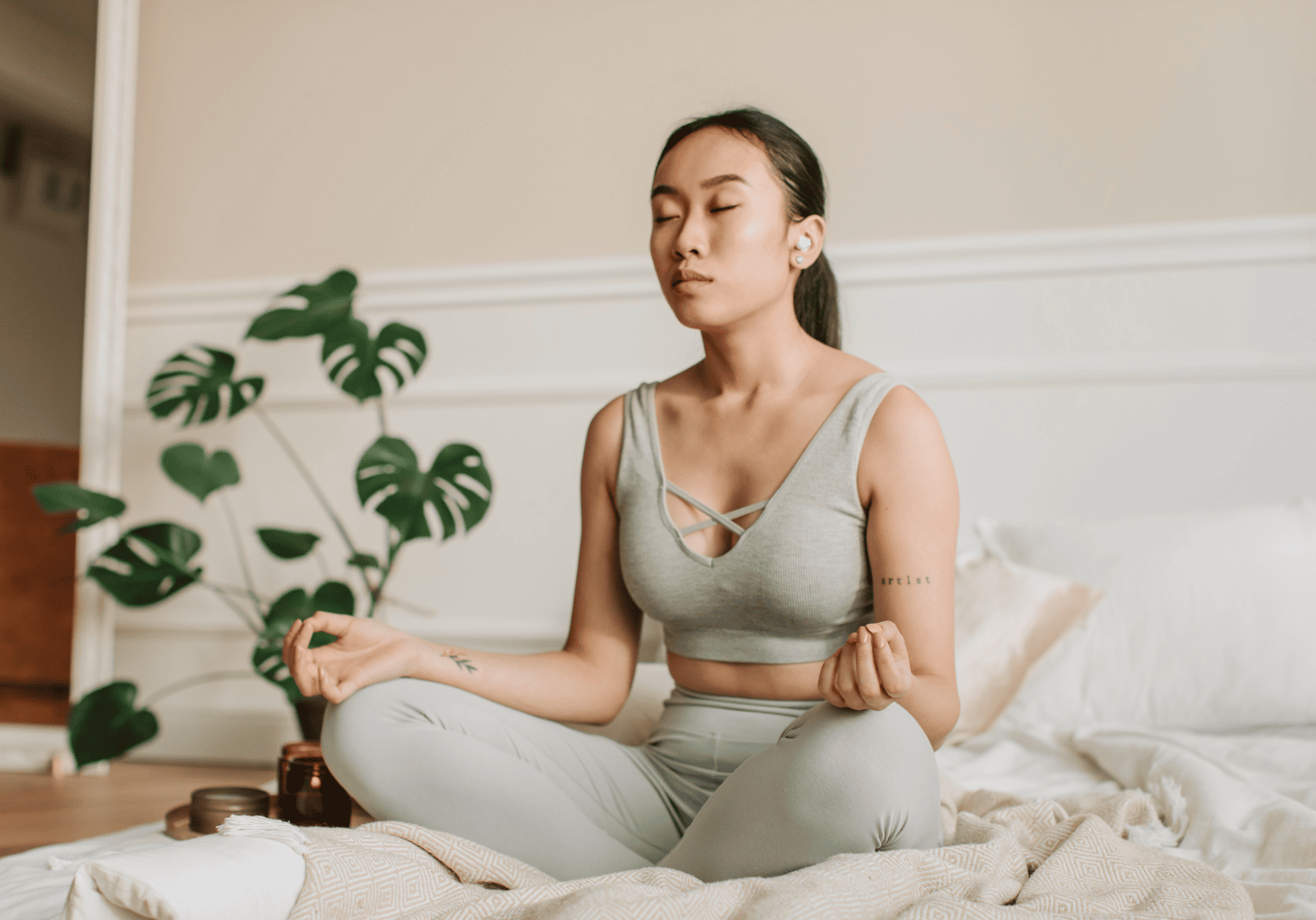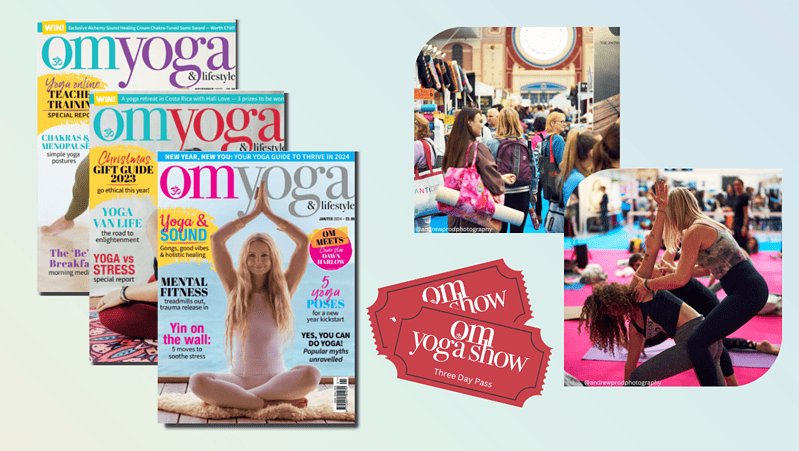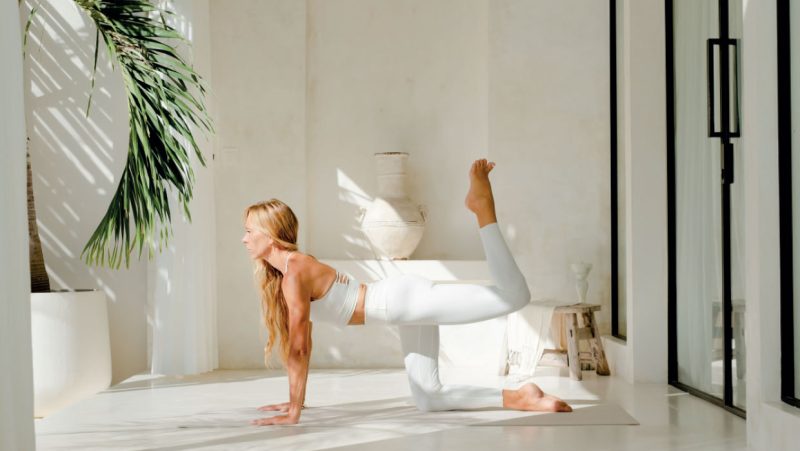
Embracing the Dance of Meditation
Understanding Involuntary Movements in Meditation - By Laura Rowe
Reading time: 4 minutes
As a seasoned yoga and meditation* instructor with a background in neuroscience, I've witnessed first-hand the intriguing phenomenon of involuntary movements during meditation. Picture this: you're guiding your class through a serene meditation session, and suddenly, someone starts gently nodding or swaying.
It's a quirky occurrence, often misunderstood by both practitioners and observers. But fear not, for today, we're diving deep into the science behind these nods and sways, demystifying their occurrence and embracing their significance in our practice.
Firstly, let's address the elephant in the room – why do these involuntary movements happen? Well, it all boils down to the intricate interplay between body, mind, and spirit during meditation. As we embark on our journey inward, our bodies enter a state of deep relaxation, gradually releasing pent-up tension and stress. This profound relaxation can sometimes manifest physically as subtle movements, such as nodding, twitching, or swaying, as our muscles unwind and our nervous system recalibrates.
From a neuroscience perspective, these movements can be seen as a reflection of our brain's activity during meditation. Studies have shown that certain brain regions associated with relaxation and introspection, such as the prefrontal cortex and insula, become more active during meditation. As these regions light up, they send signals to the rest of the body, triggering relaxation responses and, in some cases, those subtle movements.
But it's not just about the science – there's a profound spiritual aspect to these movements as well. In many spiritual traditions, such as Kundalini yoga, these spontaneous movements are seen as a sign of energy flowing freely through the body.
They're regarded as manifestations of prana, or life force, moving through our subtle energy channels, known as nadis. So, the next time you find yourself nodding or swaying during meditation, remember – it's not just your muscles at play; it's the dance of prana within you.
Now, I understand that experiencing these involuntary movements can be a tad disconcerting, especially for beginners. You might find yourself wondering, "Am I doing something wrong? Why can't I sit still like everyone else?" But fret not, dear practitioners, for these movements are a natural part of the meditation process. They're a sign that your body is releasing tension and surrendering to the present moment.
In fact, embracing these movements can deepen your practice and enhance your overall experience of meditation. Instead of resisting them, try surrendering to them, allowing your body to move intuitively as it seeks balance and harmony.
Trust that your body knows what it needs, and let go of any expectations or judgments. After all, meditation is about cultivating awareness and acceptance of the present moment, in all its quirks and imperfections.
During my early days of personal practice, I can remember encountering these involuntary movements myself. As a novice yogi, I approached meditation with a mixture of excitement and trepidation, eager to explore the depths of my inner landscape but also somewhat intimidated by the unknown.
In those early sessions, I often struggled to quiet my restless mind and find stillness in my body. It seemed like no matter how hard I tried to hold myself perfectly still, my body had a mind of its own, responding to the subtle currents of energy coursing through me.
I'll never forget the first time I experienced that nodding sensation during meditation. At first, I was taken aback, wondering if I was doing something wrong or if there was a glitch in my practice. But as I continued to breathe deeply and surrender to the present moment, I noticed something remarkable happening – the nodding transformed into a graceful swaying, and I let myself be carried by its rhythm.
Upon reflection, I realized that these involuntary movements were not a sign of failure or distraction, but rather, a testament to that profound connection between body, mind, and spirit.
I've come to cherish these moments of spontaneity and surrender, during my own practice, recognizing them as gateways to deeper states of presence and peace. They serve as gentle reminders that the true essence of meditation lies not in achieving a particular outcome, but rather, in opening ourselves to the infinite possibilities of the present moment.
Now, let me share a personal anecdote to illustrate this point. As a yoga and meditation instructor, I've had my fair share of experiences with involuntary movements during meditation. I remember one session when I was newly qualified, where a student started gently swaying side to side, as if caught in a gentle breeze.
At first, I was tempted to intervene, worried that their movements might disrupt the class, or they may even tip over. But then, I remembered the teachings of my own mentors – to trust in the wisdom of the body and allow space for self-expression.
So, I took a step back and watched as the student's movements grew more fluid and graceful, almost like a dance. It was a beautiful reminder that meditation is not about controlling the body, but rather, surrendering to its innate wisdom and intelligence. By the end of the session, the student emerged with a radiant smile on their face, embodying a sense of peace and serenity that touched everyone in the room.
In conclusion, involuntary movements during meditation are not something to be feared or suppressed; they're a natural expression of the body's wisdom and the mind's journey inward. So, the next time you find yourself nodding or swaying during meditation, embrace it with an open heart and a curious mind. Allow yourself to flow with the rhythm of your breath and the dance of your soul, knowing that you are exactly where you need to be – here, now, in this moment of perfect stillness and grace.
*commission earned from this link.







